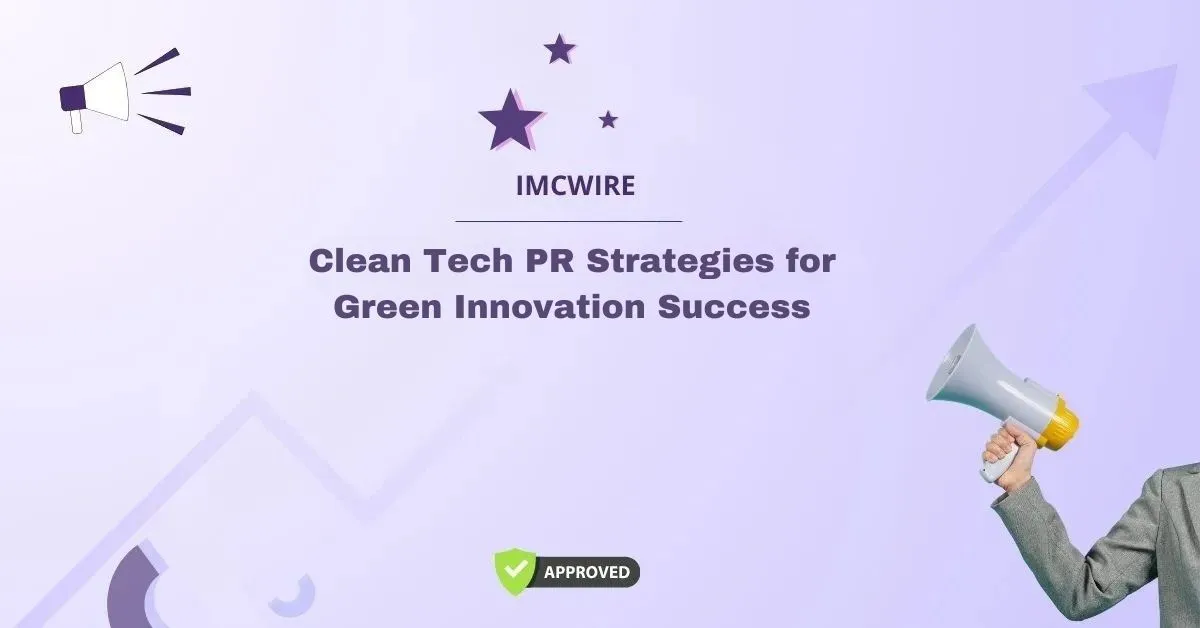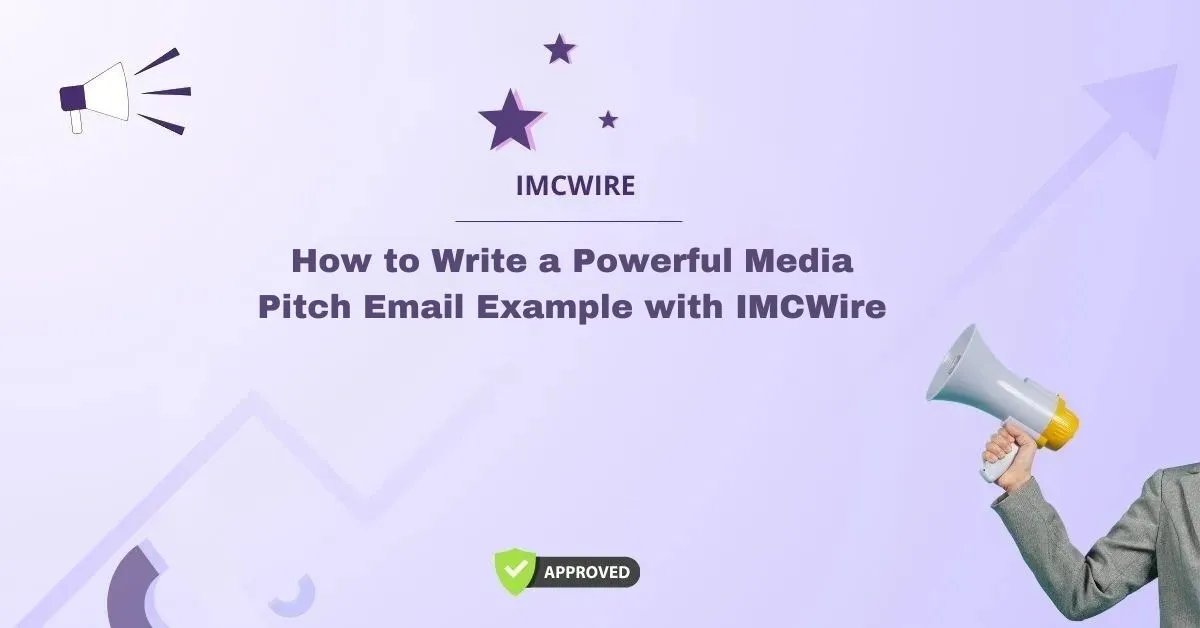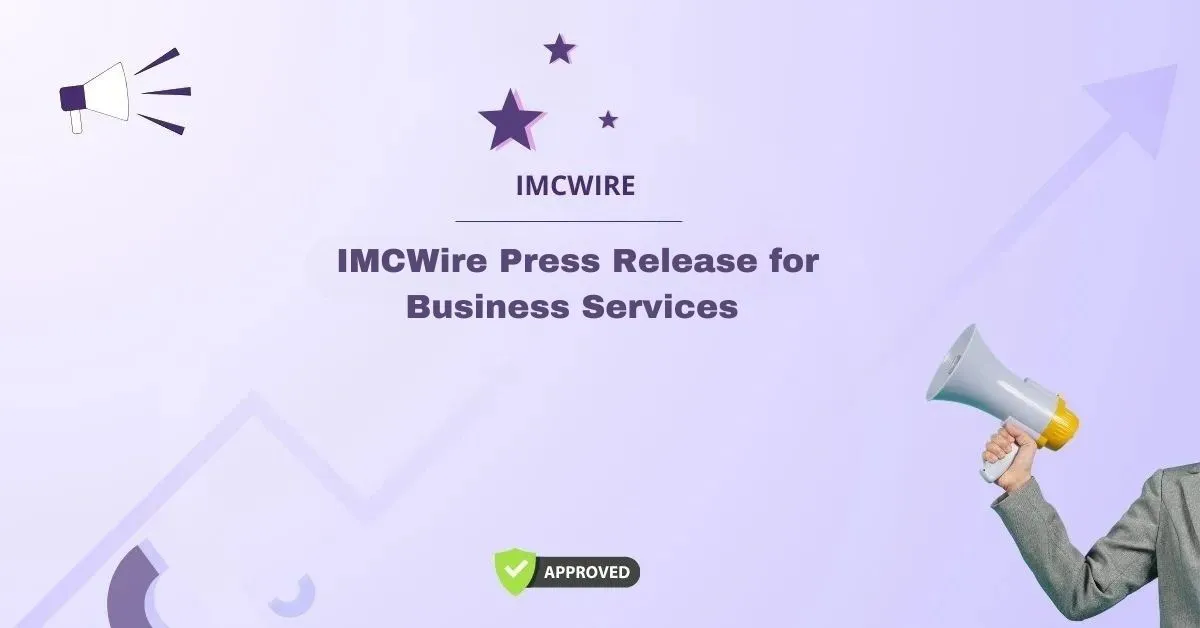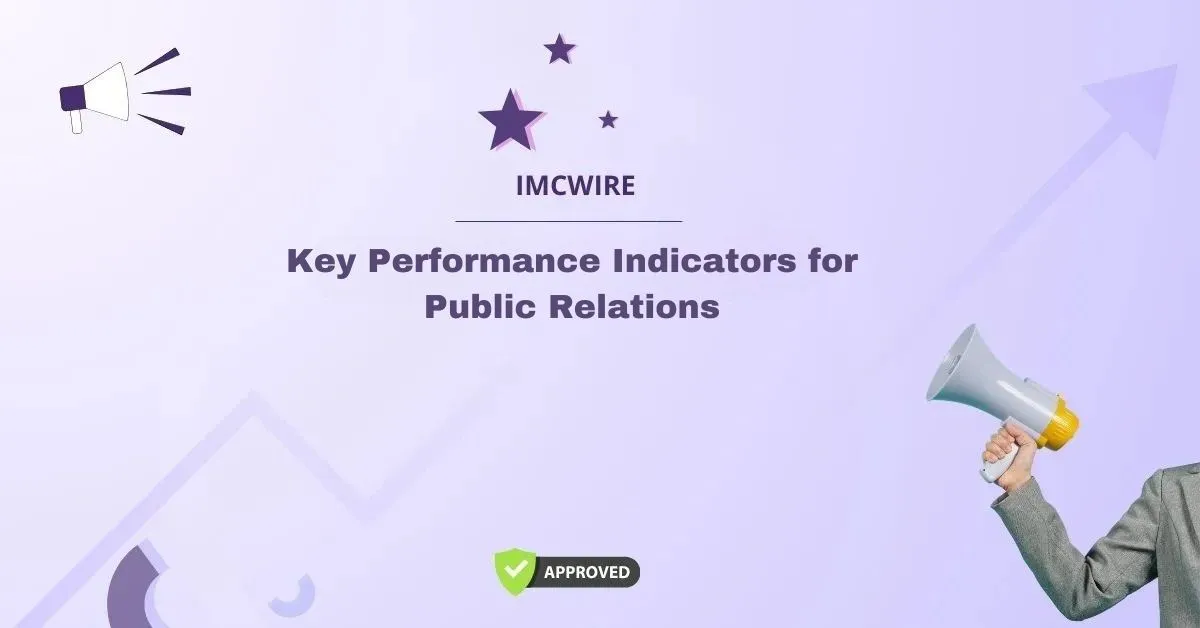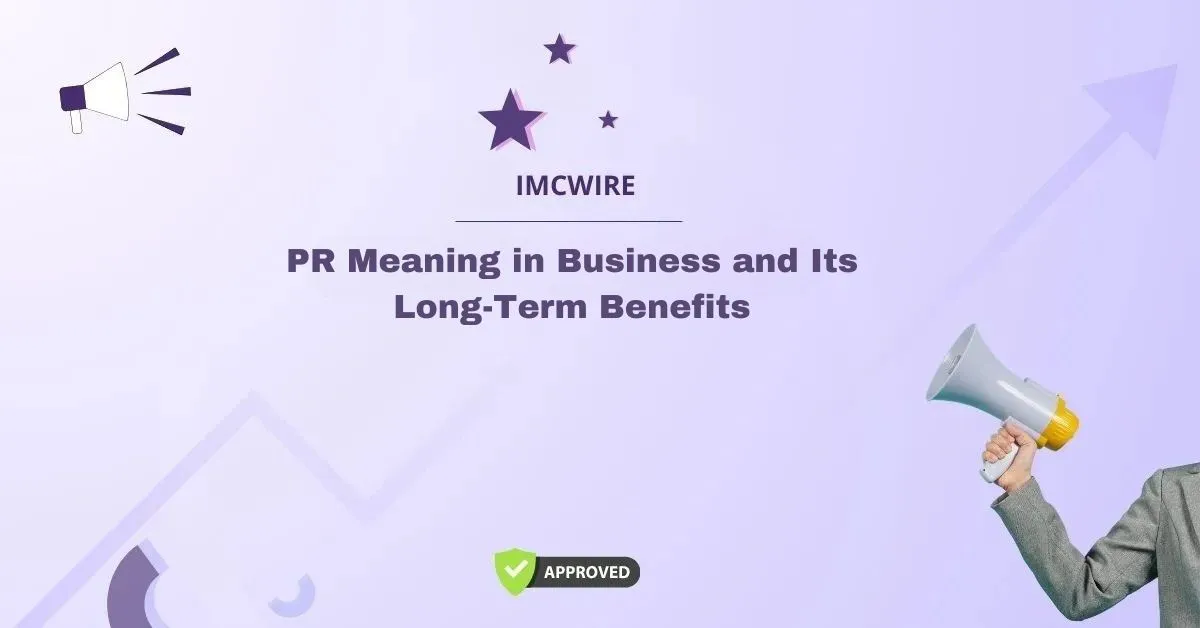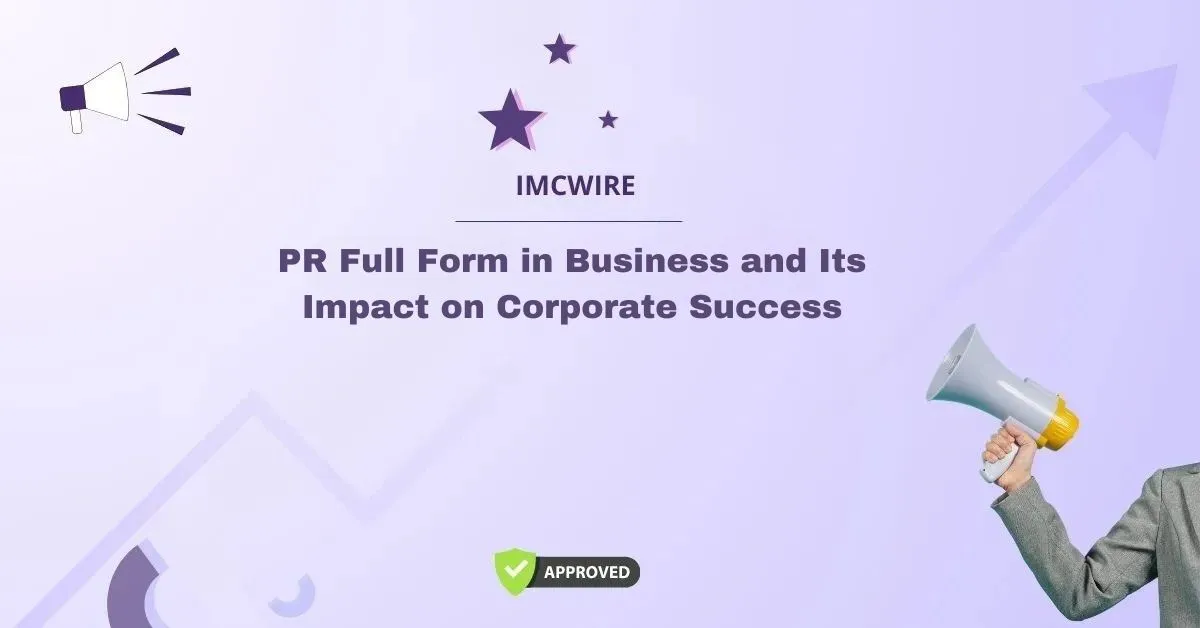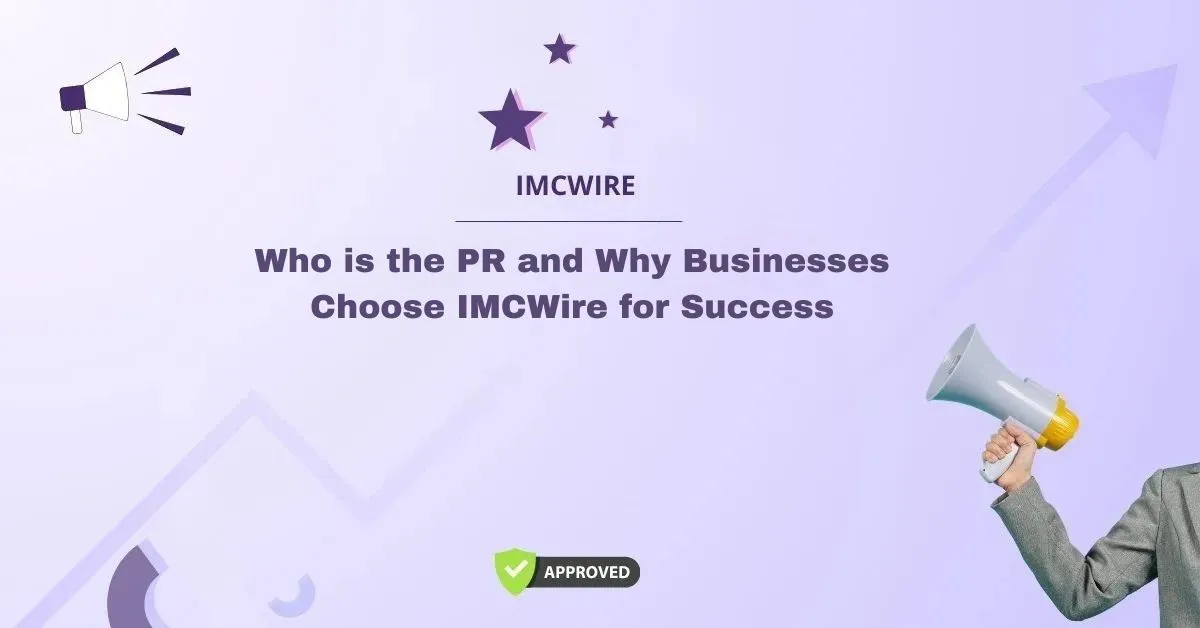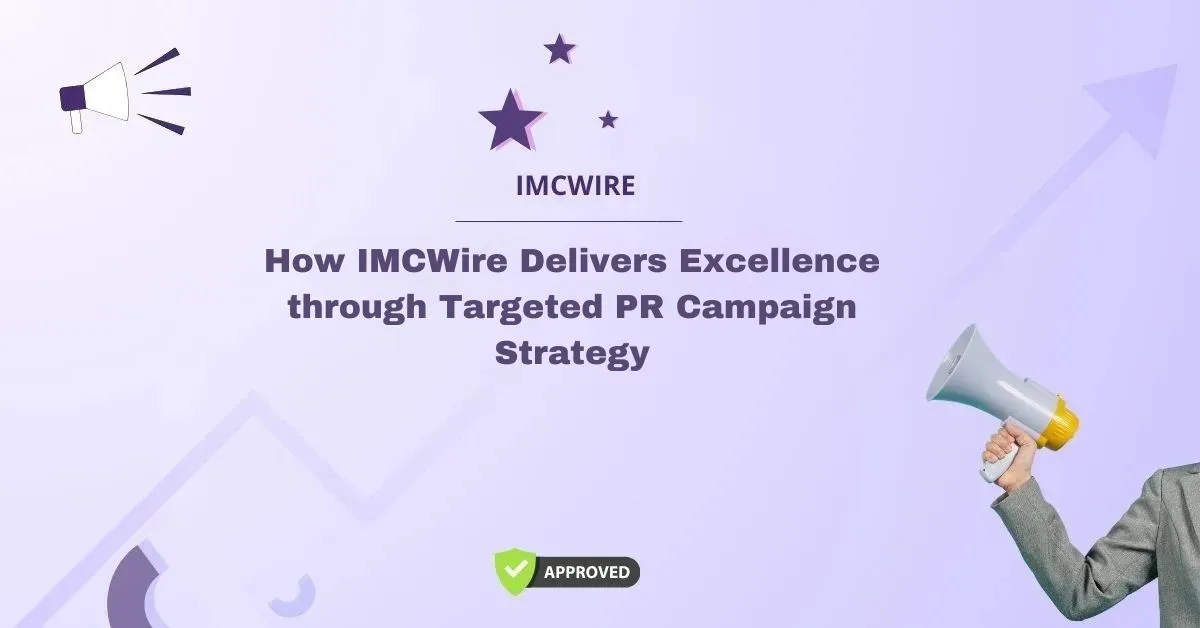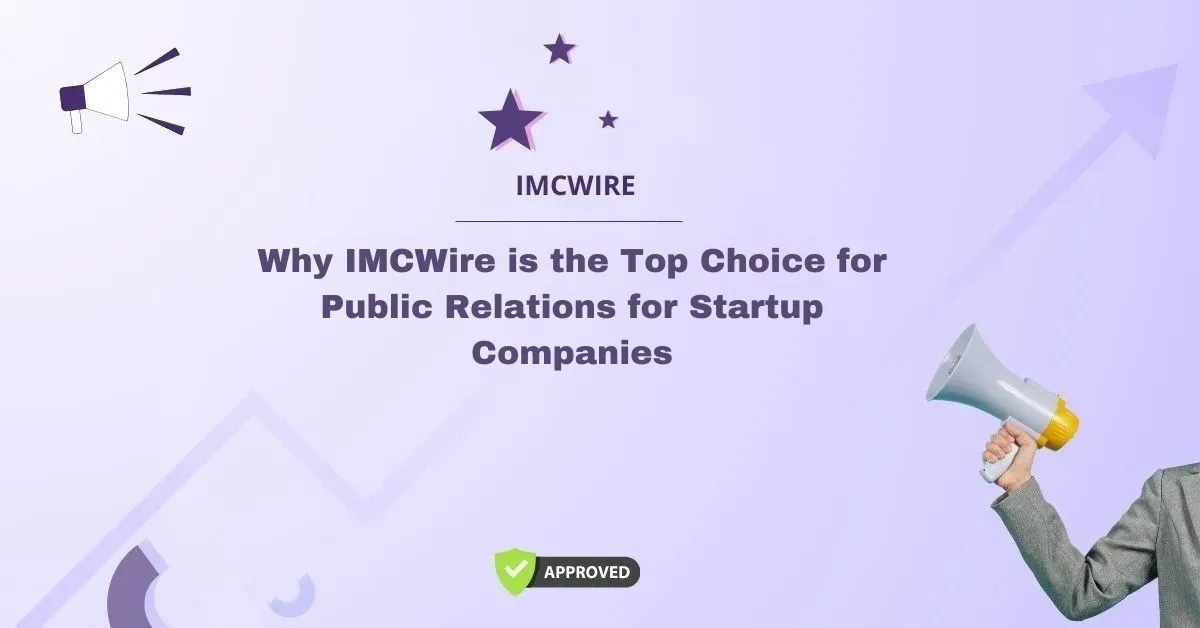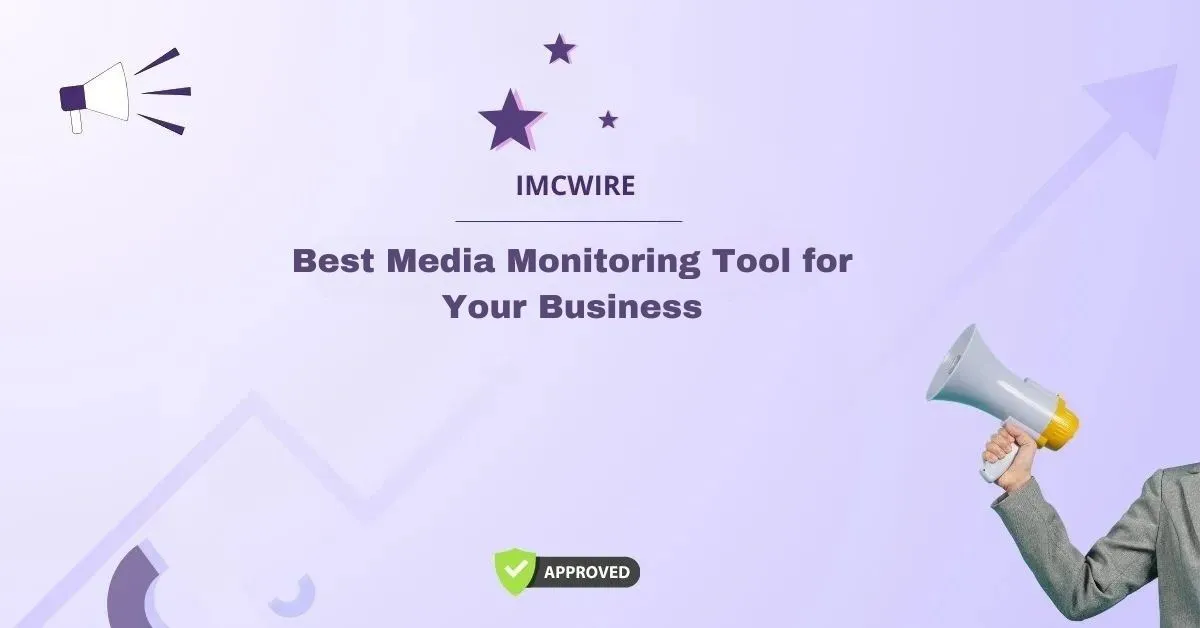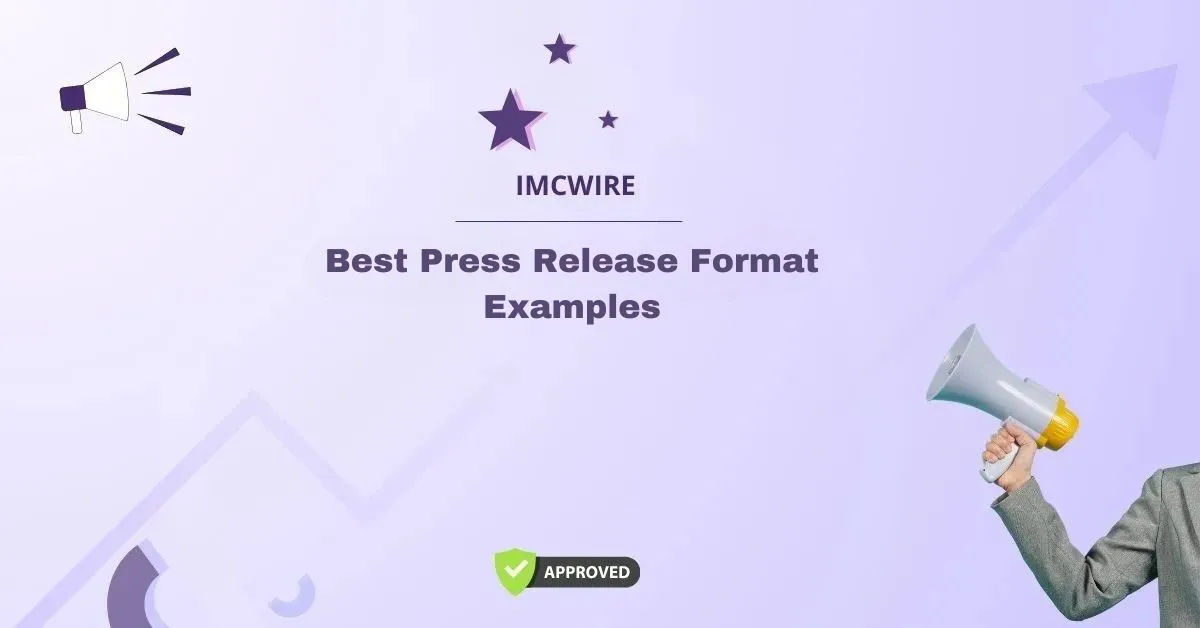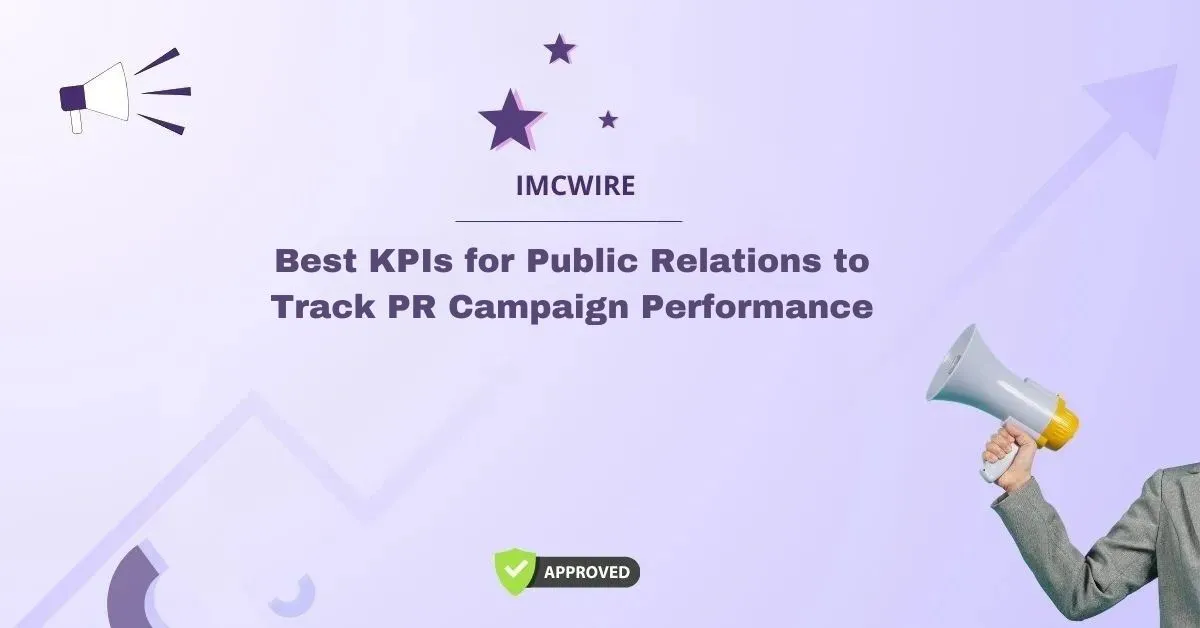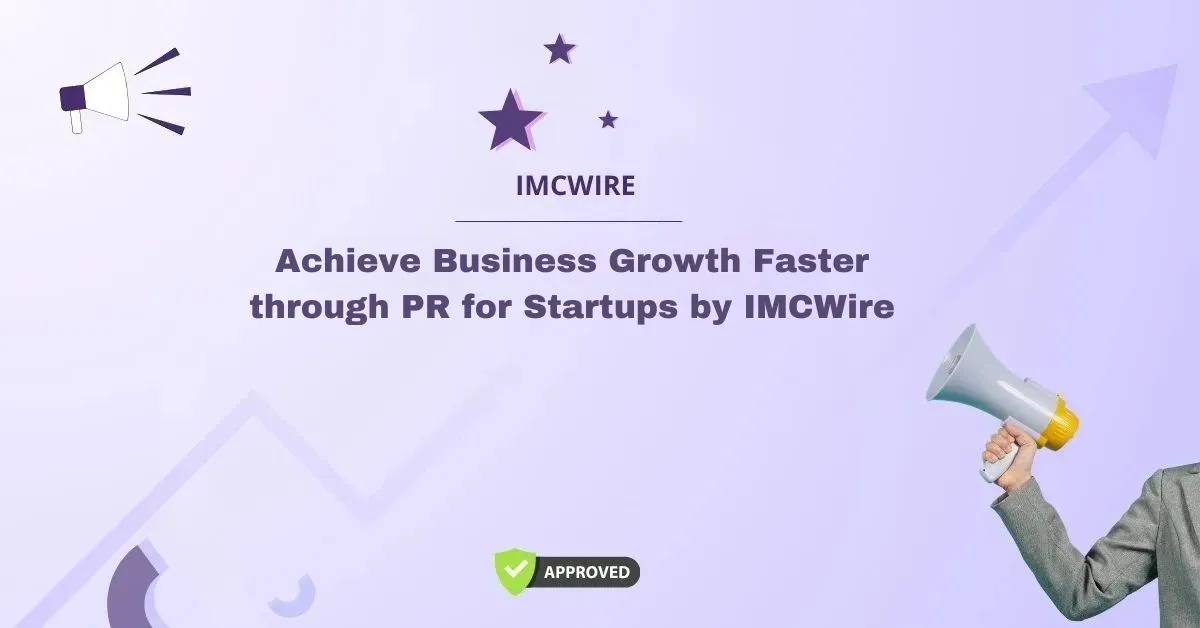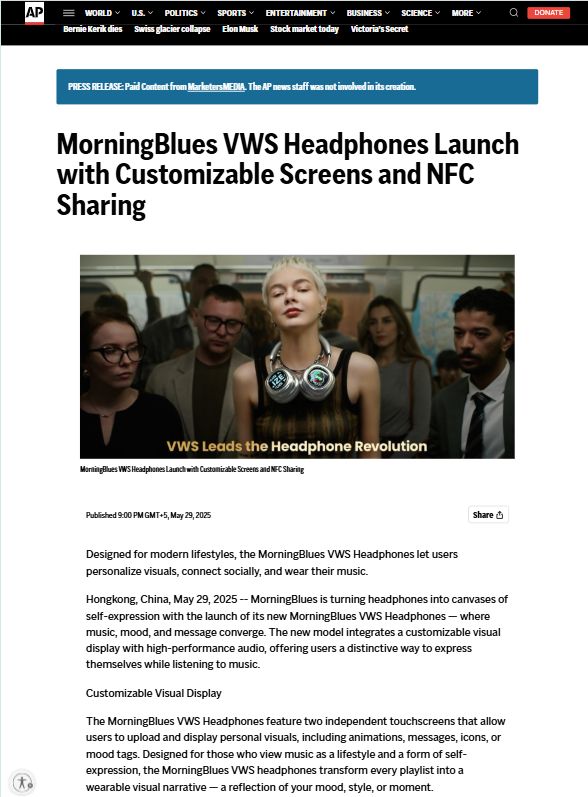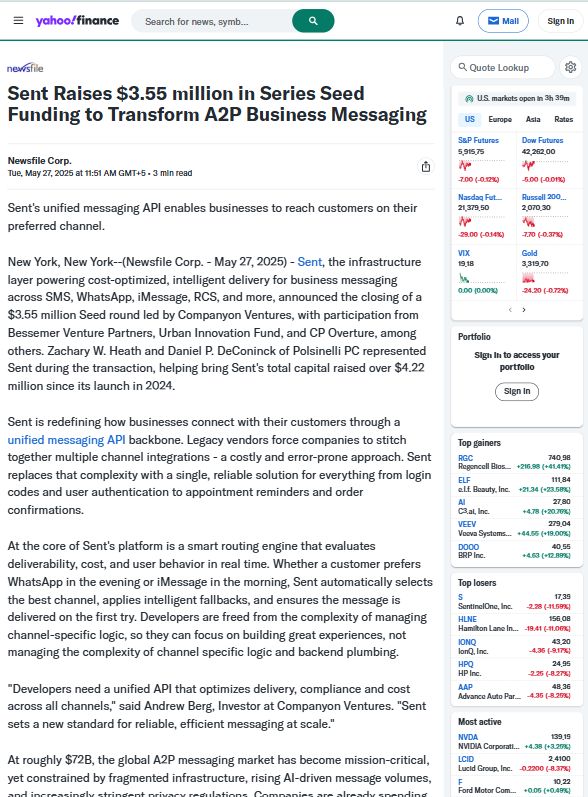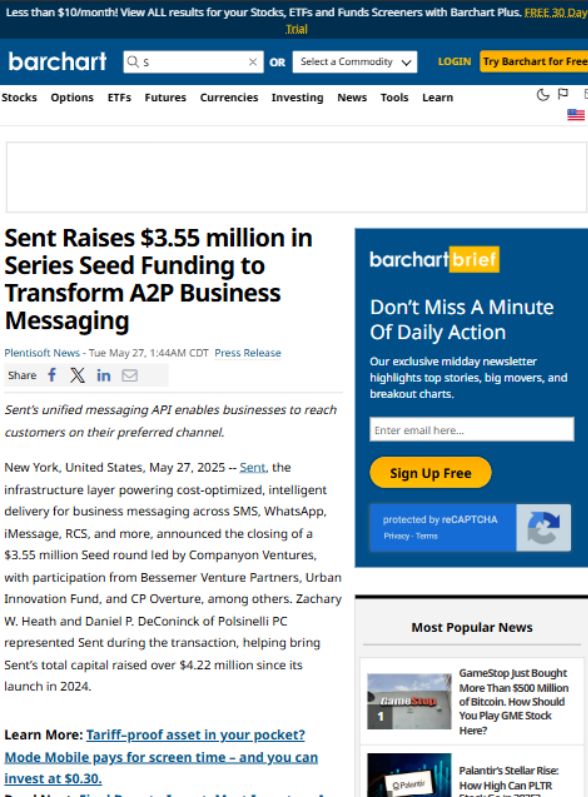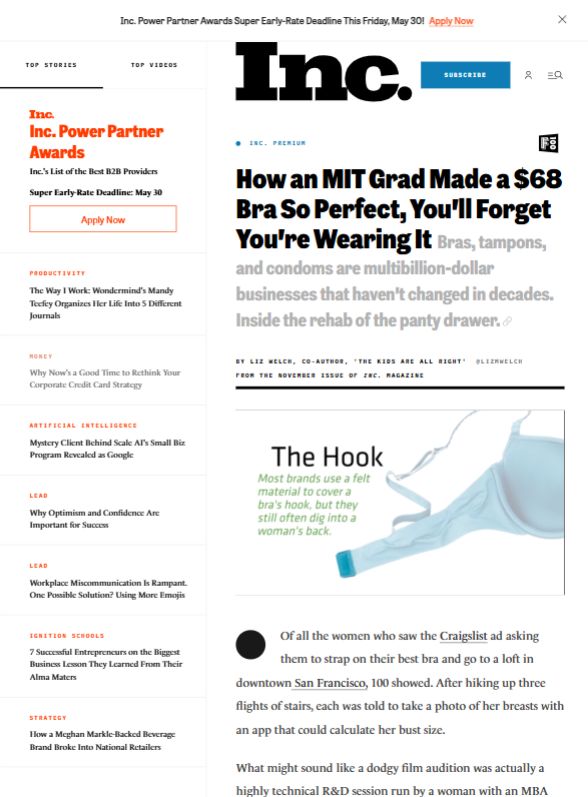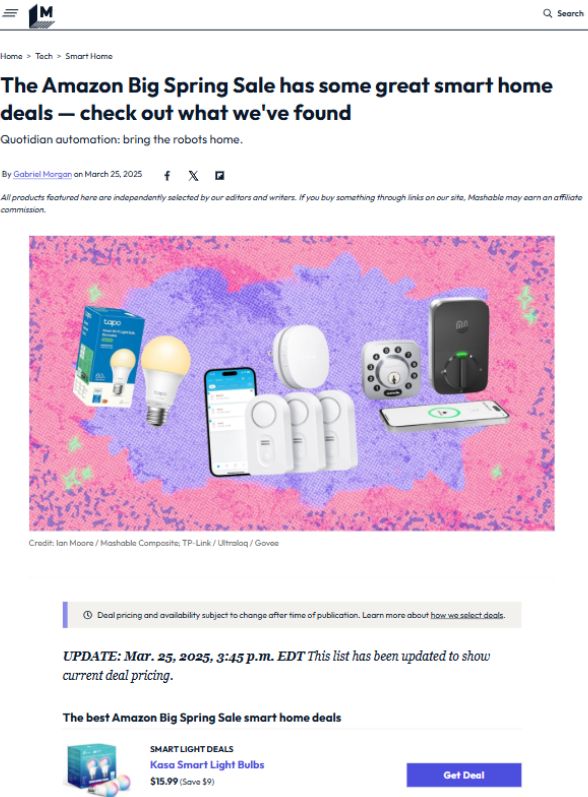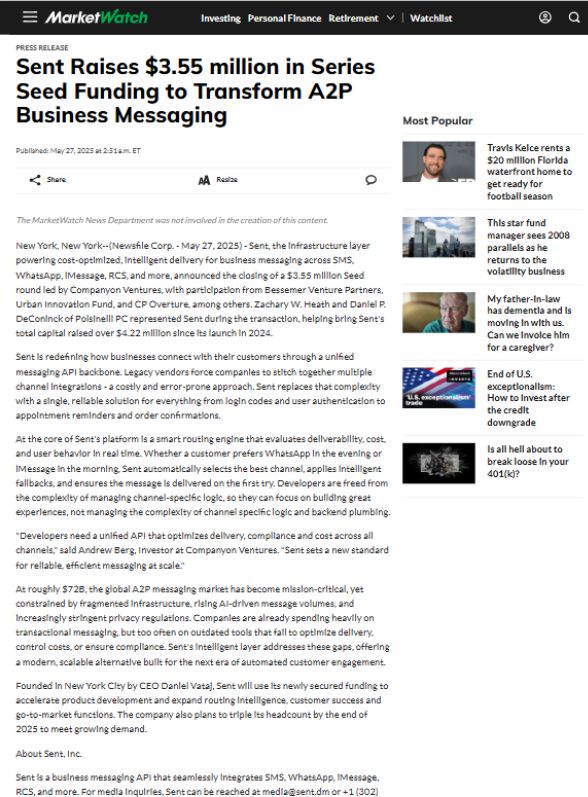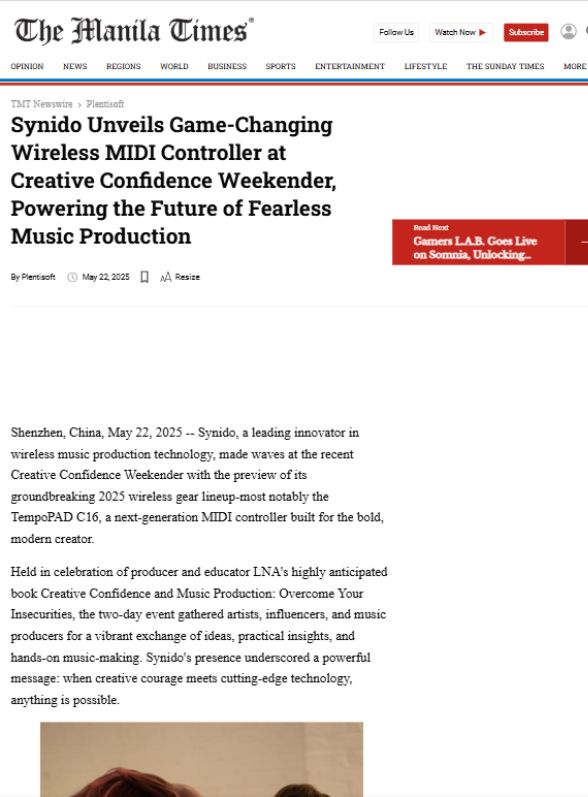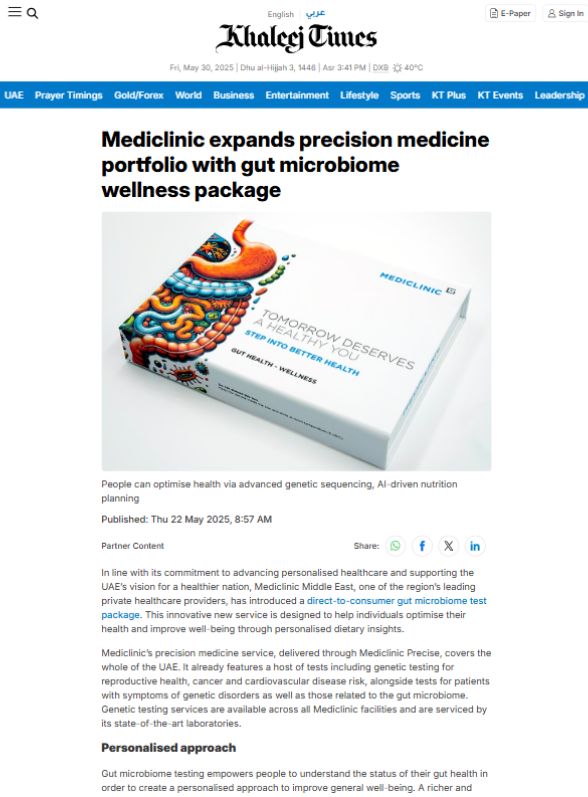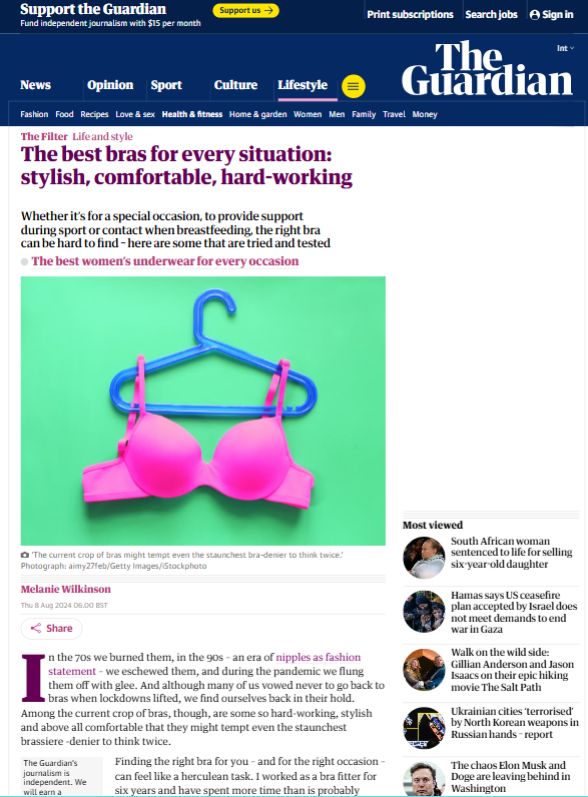In today’s digital landscape, trust and credibility have become the cornerstones of successful corporate communications. The way a company presents itself, conveys its message, and engages with audiences has significant implications for its reputation. One concept that has emerged to help organizations build and maintain trust is EEAT (Experience, Expertise, Authority, and Trustworthiness). This framework is essential in ensuring that businesses not only comply with industry standards but also foster meaningful connections with their audiences.
Understanding EEAT and its applications in corporate communications is crucial for businesses aiming to thrive in a competitive market. This blog explores the concept of EEAT, its role in corporate communications, and how organizations can leverage it to establish a solid reputation and increase audience engagement.
Table of Contents
What is EEAT?
EEAT stands for Experience, Expertise, Authority, and Trustworthiness. Initially popularized in the context of search engine optimization (SEO) by Google, EEAT has become an important principle for content creators, marketers, and communication professionals. While it was originally designed to enhance search engine algorithms, its importance has broadened to influence how businesses craft their corporate communications strategies.
- Experience refers to the hands-on knowledge and practical expertise that a company or individual possesses in their field. It shows that the organization is knowledgeable and well-practiced in its industry.
- Expertise highlights a deeper, specialized level of knowledge. It demonstrates that the company is not only experienced but has the specific qualifications, skills, or academic credentials that make it an authoritative voice in its sector.
- Authority suggests that the company or individual is recognized by others within their field as a leading figure or reliable source of information. This status is often earned through accomplishments, research, or significant contributions to the industry.
- Trustworthiness focuses on reliability and ethical standards. A company must be seen as transparent, honest, and dependable. Trust is often the deciding factor for customers when choosing between competing brands.
The Importance of EEAT in Corporate Communications
In corporate communications, the primary objective is to communicate messages effectively and persuasively to diverse stakeholders. Whether you’re reaching out to customers, employees, investors, or media, the credibility of your message is critical. Here’s why EEAT is integral to successful corporate communications:
- Building Credibility: In a world where information is easily accessible, people have become more discerning about the sources they trust. With EEAT, a business establishes credibility by showcasing its experience and expertise, which fosters trust and leads to stronger relationships with audiences.
- Enhancing Reputation: A company’s reputation is its most valuable asset. Through EEAT, businesses can position themselves as reliable and knowledgeable, improving their reputation over time. This can result in greater customer loyalty, improved public perception, and better media relations.
- Improving Engagement: When an organization demonstrates trustworthiness and authority, audiences are more likely to engage with its messages. Whether through social media interactions, customer service queries, or B2B communications, trust is a fundamental driver of positive engagement.
- Effective Crisis Management: In times of crisis or controversy, having a foundation of trust and authority can help organizations manage the situation more effectively. Being transparent and demonstrating experience in handling crises can help mitigate damage to a company’s reputation.
How to Implement EEAT in Corporate Communications
While the concept of EEAT may seem abstract, there are practical ways to incorporate it into your corporate communications strategy. Here are some actionable steps:
1. Showcase Expertise in Content
One of the best ways to demonstrate expertise is by producing valuable and well-researched content. Whether through blog posts, white papers, case studies, or webinars, businesses should provide useful insights that showcase their knowledge. By sharing thought leadership content, companies can position themselves as experts in their field.
For example, if your company specializes in digital marketing, publishing content that addresses the latest trends, challenges, and best practices will not only demonstrate expertise but also position your brand as a go-to source for relevant industry information.
2. Leverage Testimonials and Case Studies
Another way to establish authority and trustworthiness is by leveraging customer testimonials, case studies, and success stories. When potential clients or stakeholders see real-world examples of your company’s success, it enhances the perception of your business as an authority in your industry. Additionally, testimonials serve as social proof, reinforcing the idea that your business can be trusted to deliver high-quality products or services.
3. Engage with Thought Leaders
Building relationships with influencers, experts, and other thought leaders in your industry can significantly enhance your company’s credibility. By engaging with these individuals, whether through collaborations, guest blog posts, or panel discussions, your business can gain recognition and leverage the authority of others. This not only improves your own authority but also reinforces the trust your company builds with its audience.
4. Ensure Consistency in Messaging
Trust is built over time, and consistency is key. Corporate communications must deliver consistent messages across all platforms—whether on social media, the company website, emails, or press releases. If the company promises a certain level of quality or service, it must be able to consistently deliver on those promises. Failing to do so erodes trust and damages the company’s credibility.
5. Be Transparent and Honest
Trustworthiness is at the heart of EEAT. In corporate communications, it’s essential to be transparent and honest in all communications, especially when things go wrong. Whether it’s addressing a product recall or apologizing for a customer service mistake, honesty and transparency are crucial in maintaining the trust of your audience. Acknowledging mistakes and demonstrating a willingness to improve enhances the company’s reputation and long-term trustworthiness.
6. Showcase Real-Life Experience
Nothing establishes experience better than showcasing real-life experiences. This can include behind-the-scenes insights into your processes, customer stories, and employee profiles. By humanizing the brand and showing how your company operates in real-world scenarios, you help your audience connect with your organization on a deeper level. This personal touch enhances both your experience and trustworthiness.
7. Engage in Social Responsibility
Demonstrating social responsibility is another powerful way to build trust. When your company participates in charitable causes, supports local communities, or embraces sustainability practices, it enhances your reputation as an ethical organization. Corporate social responsibility (CSR) efforts show that your company cares about more than just profits, which strengthens trust and goodwill with your audience.
Case Study: EEAT in Action
Let’s take the example of a tech company, TechSolutions Inc., to illustrate the application of EEAT in corporate communications. TechSolutions is a leading software provider, and it has a comprehensive EEAT strategy.
- Experience: TechSolutions regularly publishes research reports, blog posts, and product tutorials that demonstrate its extensive experience in the tech industry.
- Expertise: The company has a team of certified experts who contribute to thought leadership content, providing in-depth insights on the latest tech trends and innovations.
- Authority: TechSolutions partners with well-known tech influencers, participates in industry conferences, and collaborates with other reputable tech firms to build its authority in the field.
- Trustworthiness: The company is transparent about its pricing, provides clear product documentation, and offers exceptional customer support, ensuring that customers trust their services.
By applying EEAT principles, TechSolutions has built a solid reputation, increased customer loyalty, and consistently engaged with its audience. This case study demonstrates how EEAT can be effectively applied to corporate communications to create a credible and trustworthy brand.
Conclusion
Incorporating EEAT into corporate communications is no longer optional; it’s a necessity in today’s digital world. By demonstrating experience, expertise, authority, and trustworthiness, businesses can enhance their reputation, engage meaningfully with their audience, and ultimately succeed in a competitive market. The key to success lies in maintaining consistency, being transparent, and continuously delivering value to your stakeholders. As the business landscape evolves, those who effectively apply EEAT will be the ones who build lasting relationships and drive sustainable growth.


